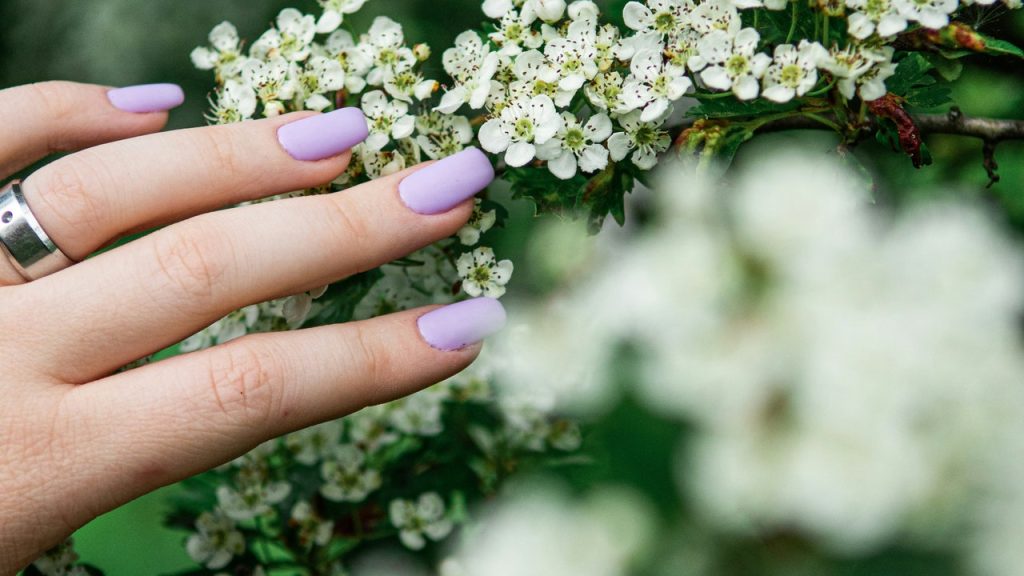In her analysis, King warns that allergic reactions to dip powder nails are a possibility, suggesting that individuals should conduct a patch test beforehand to ensure they do not have any sensitivities to the powder. She also emphasizes the importance of precise application and upkeep, as incorrect application can result in a bulky appearance or the need for frequent refills. Dip powder nails do not require a UV lamp for curing, as they can be set with an activator and topcoat. Additionally, they are thicker than gel nails and may have a longer-lasting finish.
Dip powder nails are compared to both gel nail polish and acrylic nails in terms of application and characteristics. While dip powder nails do not require a UV lamp for curing like gel polish, they are much thicker and may last longer. In contrast, the application process for dip powder nails involves layering colored powder with resin, followed by sealing and activating with a top coat. Acrylic nails, on the other hand, require mixing liquid with powder to form a semi-liquid product that is applied and hardened before shaping. The two processes differ in terms of color, design, and application time.
Despite the availability of dip powder products and starter kits for at-home use, Kandalec advises against DIY dip powder nails. She recommends having them done by a licensed nail professional who uses salon-grade products to minimize health risks. Products purchased online may not have been tested and can lead to severe issues in a short period of time. A professional will also know how to properly apply the product to avoid skin contact and ensure optimal curing time for a long-lasting manicure. It is crucial that sterile tools are used during the application process to prevent any potential health risks.
The removal process for dip powder nails is similar to gel polish removal, involving soaking the nails in acetone to dissolve the product. Prior to soaking, the nail technician will file down the powder on the nails, then proceed to soak the remainder in acetone for approximately 15 minutes. Excess product is gently removed using a tool or buffer. When done correctly, dip powder nails are safe for natural nails, as any damage is typically attributed to improper application and removal procedures rather than the product itself. Kandalec stresses the importance of following proper techniques to ensure the health and integrity of the natural nails.
In conclusion, dip powder nails offer a convenient and durable alternative to gel polish and acrylic nails. While they do not require a UV lamp for curing like gel polish and are thicker in consistency, the application process differs from that of acrylic nails. Despite the availability of DIY kits, it is recommended to have dip powder nails done by a licensed nail professional to minimize health risks and ensure a long-lasting manicure. Proper removal techniques using acetone are crucial for maintaining the health and integrity of natural nails. Overall, with correct application and removal processes, dip powder nails are a safe and effective option for individuals seeking a resilient and attractive manicure.


